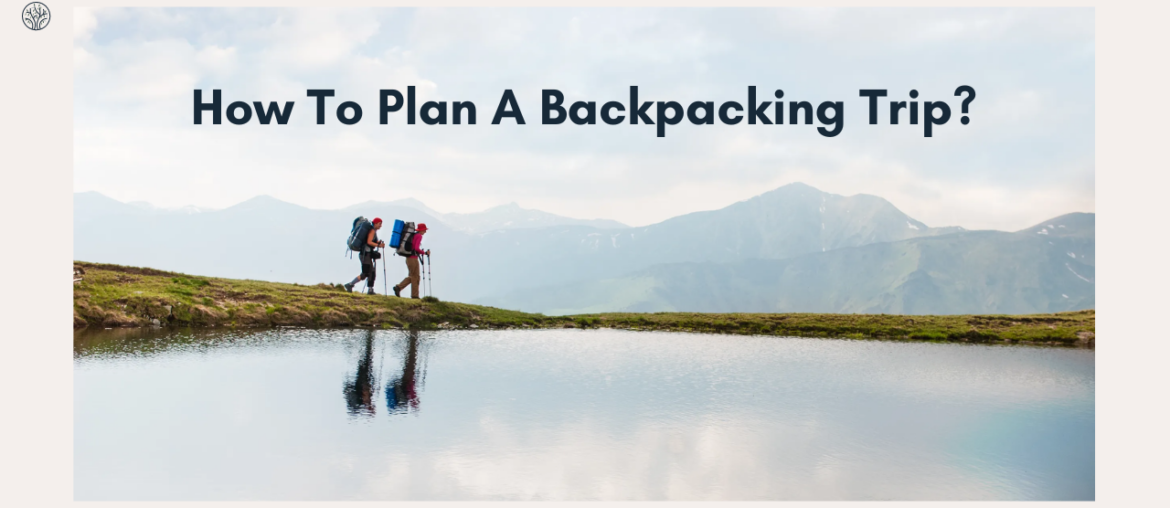Backpacking is a great way to explore the outdoors, enjoy nature, and challenge yourself. However, you must know how to plan a backpacking trip for a safe and enjoyable experience.
What’s more, a backpacker should also have a detailed gear checklist and know where to get the best equipment at an affordable price. All these things might sound overwhelming to a beginner, so if you need help, here is Tenere’s Backpacking series (4 episodes).
In the first episode, let’s start with our step-by-step guide to planning a perfect backpacking journey ahead of time. This process helps you stay safe and have an enjoyable adventure. Further, it keeps you safe, enables you to have a good time, and makes everything go smoothly.
Whether you are a beginner or a seasoned backpacker, this guideline might help.
Step 1: Decide Where & When
Planning a trip starts with choosing where and when to go. This decision shapes your whole trip.
Depending on your preferences, the time of year matters a lot. Summer is great for the mountains, but it’s busy and crowded. Deserts are good almost any time except in scorching summers.
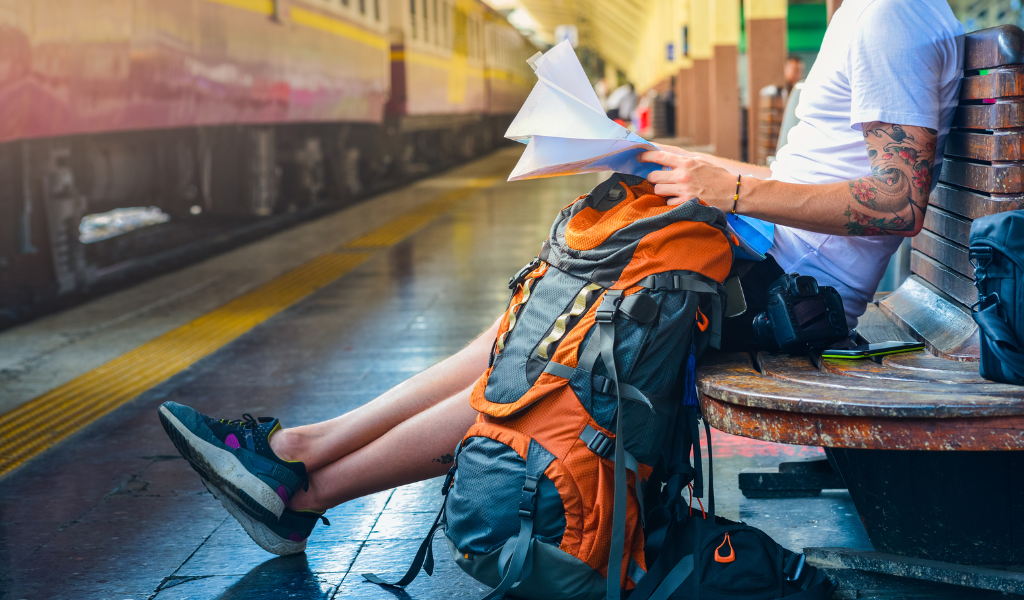
Think about how long you want to go — a weekend or a longer hike? Starting with a one- or two-night trip is a wise choice if you’re a beginner. It allows you to learn the ropes and figure out what works best for you in a manageable timeframe.
Besides, choosing where to go might take time due to the countless options available, but don’t worry. Here are some factors to help you decide:
- Do you want to explore your own country or go to another one?
- What kind of scenery do you like? Mountains, deserts, lakes, waterfalls?
- How far do you want to walk each day? Beginners might do 5-7 miles, and pros might do 8-13 miles.
- Think about how hard the trail is and how much you’ll climb up. Pick a route that matches your skills.
Once you know where and when, it’s time to move on to the next step.
Step 2: Research Conditions
Once you’ve outlined your trip plan, gathering information about the conditions you’ll face is crucial. This step helps you prepare well, stay safe, and avoid unnecessary worries:
- Focus on aspects that affect your gear, skills, and choices.
- Check the weather, sunlight hours, walking surfaces, plants, animals, navigation signs, water sources, etc. Also, remember to inspect possible dangers like avalanches, floods, and lightning.
- Keep your research organized in a separate document, and remember to list your sources. This way, you can compare information and make informed decisions.
There are several ways to research conditions for your backpacking trip. One way is to check the weather forecast for where you will be hiking. Backpackers can also check with local parks or forest services for information on trail conditions and any potential hazards.
Another way is to read trip reports from other hikers recently completing the same route. These reports have valuable information on trail conditions, water availability, and potential challenges. Our tip is to find trip reports on hiking forums, blogs, or social media.
Overall, researching conditions when starting planning allows you to prepare better and have a safer and more enjoyable experience.
Step 3: Get A Permit
When a trail is popular and attracts many backpackers, it often requires a permit. Some need backcountry permits that should be reserved months in advance.
Permits for top-rated trails are lottery-based, and you must get them many months beforehand. That means they choose applicants randomly rather than first-come, first-serve. If you can’t get a permit in advance on certain trails, you might be able to get a “walk-up” access right before you begin your trip.
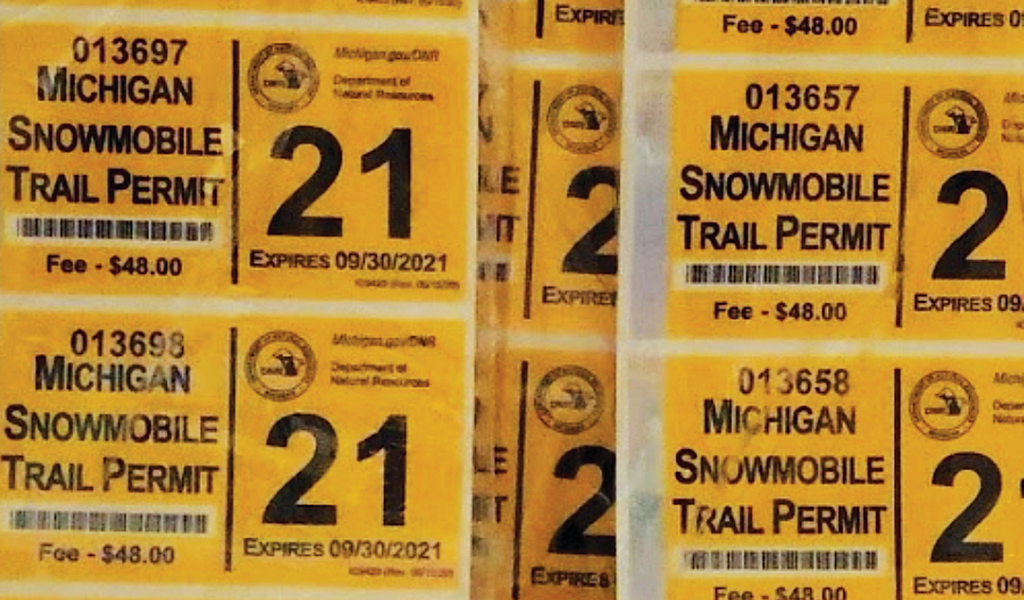
Also, some trails don’t allow camping anywhere. In these cases, you can book campgrounds for each night of your trip.
Most trails are on public lands like national and state forests, parks, or Wilderness Areas. Permit requirements are usually on the state or national agency’s official website, so take your time to check them out.
Step 4: Create Itinerary
This step matters more for longer trips. Remember to carefully plan each day with achievable distances and changes in elevation, but stay open to adjustments. Plus, consider adding an extra day in case you need more time or want a break.
If you’re on a long hike, think about where you’ll resupply your food and how many days you’ll have between those stops (usually around 6-7 days of food fits in a bear canister).
Planning tip: Using apps like Guthook, Gaia, or AllTrails is a great idea to make an ideal plan. They help you understand the trail in detail, including where to find water, camping areas, elevation gains, and more.
But that’s not the end: you must figure out how to get there. Will you need to take a flight? If yes, find the closest airport and start booking. Here is our list of the top 10 flight booking apps for cheap flights.
After landing, you need to rent a car to reach the trail. Some national parks have shuttles from the airport, so check beforehand.
If you plan to hike a loop or go back and forth on the same trail, you can park at the beginning and finish at the same spot. But when you do a long hike, there are several options:
- Have a kind friend drop you at one end and pick you up at the other (best option)
- Leave a car at the end, then use a shuttle, flight, or hitchhiking to reach the start (or the other way around)
- Park a car at each end. You’ll need to drive back to the trailhead when you’re tired at the end (least favorite option)
Step 5: Choose And Buy/Rent Gear
How to plan a backpacking trip is incomplete without getting the right gear. What you bring will greatly impact your comfort and safety during the adventure.
Begin by listing essential items like a backpack, tent, sleeping bag, and clothing suitable for the weather. Pack lightweight and versatile gear for longer trips to avoid bringing unnecessary weight.
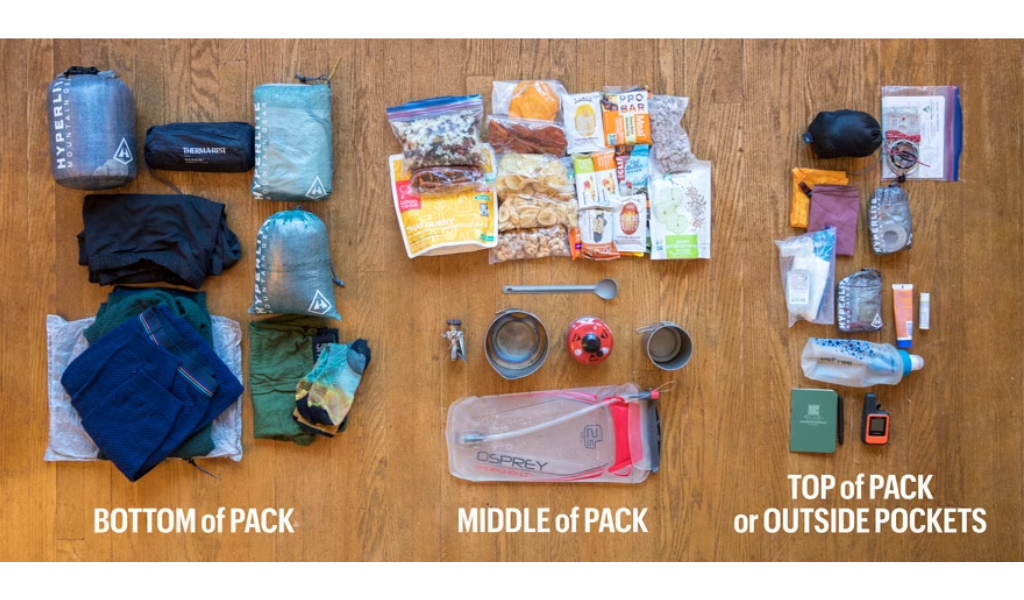
There are two choices for getting gear: buying or renting. Purchasing is suitable for those who go backpacking often and only want to use their items. Meanwhile, renting equipment is a fantastic idea for those who are new to backpacking and want to save money.
Consider visiting outdoor stores to try on gear and get advice from experts. A helpful guideline is renting gear from reputable companies like Arrive Outdoors or Outdoors Geek. They are well-known for quality equipment without the upfront cost.
Other things to pay attention to are gear reviews, materials, and sizes to ensure the items fit your needs and the trail conditions. Whether you buy or rent, ensure you get the essentials at a reasonable price.
Step 6: Plan Food And Resupply
Backpacking food might surprise you — it tastes better than you think, especially when you’re starving after hiking all day. Remember, when you’re carrying food on your back, it should be lightweight. Don’t overpack; bring only what you’ll eat.
Planning tip: Freeze-dried meals, energy bars, and trail mix are favorite options among the backpacker community.
First, count how many days of food you need, including an extra day for emergencies. Then, consider nutrients, calories, variety, and weight for your meal planning. If you’re heading into bear country, repackage your meals to fit them in a bear canister.
Also, keep your eating habits in mind. Make sure to pack food that you enjoy eating, and that meets your nutritional needs.

Finally, resupply is crucial when you plan a backpacking trip for longer than a few days. That includes stopping at a town or resupply point to get more food and supplies. Therefore, examine where these places are on your route and how much food you’ll need between them. Remember to check what supplies are available at these places since they might differ.
Step 7: Improve Strength and Skills
More than preparing gear and food, how to plan a solo backpacking trip? When you go backpacking on your own, your strength and skills matter a lot. You’ll be alone in the wild, so you must know how to navigate, make the right choices, and deal with problems.
First, getting better at hiking and learning backpacking skills is vital to getting ready for your trip. While the best way to achieve this is from hands-on experience, there are other ways to try if you don’t have much time or resources.
For example, some people run a lot and do intense workouts to make the most of their time. Another option is to follow a training plan tailored to hiking.
Besides, try reading articles and watching videos to learn essential skills like how to pick good camping spots, pack your backpack, tie knots, etc.
Doing a test hike is also helpful. It is a practice run to see how everything works before your real trip. A nearby park or your backyard is a good try. During this process, test your gear, practice your skills, and discover what you need to improve.
Step 8: Make Emergency Plans
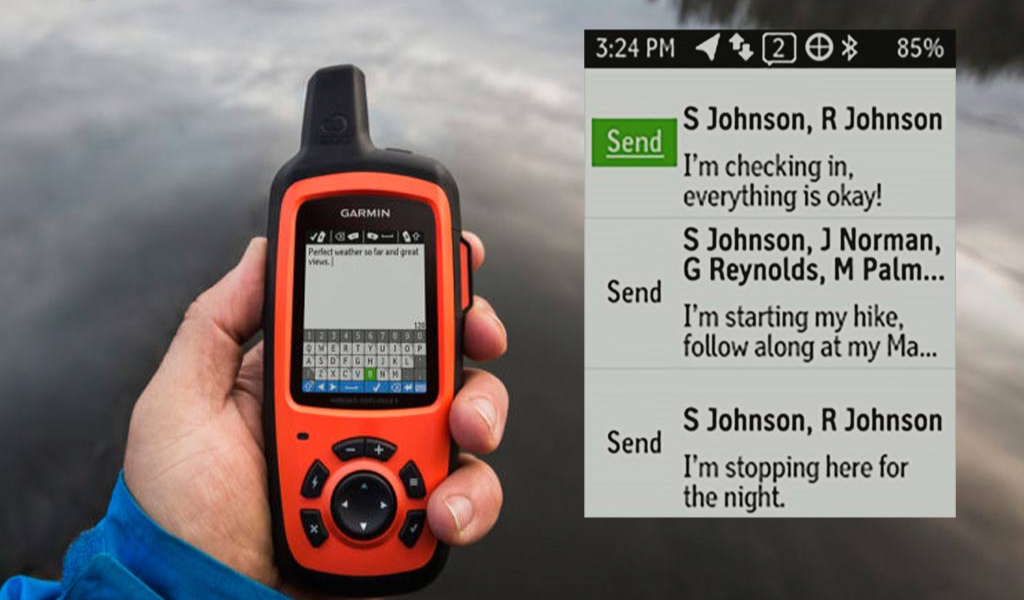
- Make sure to share your plan with your family or friends. Tell them where you’re heading and when you’ll be there.
- Prepare an escape path. If there’s a wildfire, bad weather, injury, etc., having a plan to leave will be helpful.
- Have a backcountry satellite communication device with you (like a Garmin InReach). Since you might not have cell service in the wilderness, it’s critical to have a way to text and call family or 911 if needed.
Step 9: Pack Up And Go!
Now comes the most exciting part! Pack up your bag, run a final check, and get ready for an incredible adventure! While planning might sometimes feel overwhelming, all those worries will fade once you’re out in nature. You might face physical challenges, step out of your comfort zone, and even get dirty, but every bit of it is worth it.
And that’s the end of our guideline on how to plan a backpacking trip. Don’t forget to follow our series and check out our next blog about the gear checklist for outdoor trips.

